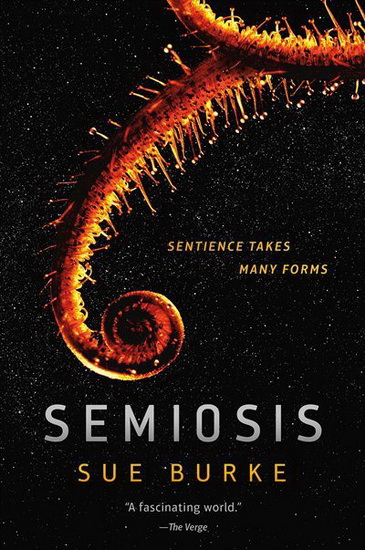
In the future, and in the wake of global warming, Earth is socially and politically challenged. For most of the books, they use male pronouns with reference to Stevland, but in the final chapter she is referred to as female.

The rainbow bamboo is a hermaphrodite plant. However, if you don’t plan to read the series, it should still be a thought-provoking post for you!Īlso, for the purposes of this post, I will use both male/female pronouns to refer to Stevland. If you haven’t yet read the duology, I recommend you read it first and then come back. Warning: this post is largely written for people who have already read Semiosis and Interference. I will present an overview of both of these themes as presented by the books, as well as an interpretation. Second, I will discuss the moral character of Stevland and the rainbow bamboo as a species: is Stevland a good “person”? Does he act ethically? What about his children in Interference, Levanter, Boreas, and Foehn? Could a plant be… sociopathic? Are lies and violence necessary for power and ordered rule?

In this post, I will discuss two ethical themes raised by the books, the world of Pax and specifically, the character of Stevland.įirst, I will discuss issues of speciesism: are plants and animals sentient? How should we treat them ethically? They are very enjoyable to read, but they also present the reader with interesting ethical dilemmas and thought experiments. Sue Burke’s Semiosis duology – Semiosis and Interference – are two of the most captivating sci-fi books I’ve read in recent memory.


 0 kommentar(er)
0 kommentar(er)
